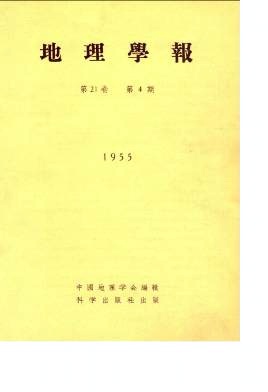Chen Shu-p'eng, Lu Jen-wei and T'eng Chu
The Chin-ho is a tributary of the Huangho, entering the latter east of the Sanmen Gorge after flowing 450 km in central Shansi (Fig. 1). The upper streiun part of the Chin-ho basin, some 1000 m above sew-level, is a dissected plateau with Mills and ridges rel>resenting the remnants of a ter-tiary peneplain (Fig. 16) that truncates the gently folded strata (Figs. 2,5,6). Loessial materials spread all over; they vary in thickness and chemical tom-position from place to place and regularly from N to S. Five types of their occurrence may be recognised (Fig. 9). The stream 1;ttern is sul}erposeM from the old surface but slightly modified by minor sturctures(Pig. 10).The several ruptures de pence plus the three steps of rock terraces disclose the rehe2ted rejuvenation (Figs. 15,16). The deep gorges in alternation }itl} brow valleys, the cut-off meander-cores and the various loessic forms add to the comple};ity and differentiation of relief (Figs. 22-25). The lower course of the Chin-ho, after piercing through the Tai-hang rwnge, built a vast fan-shaped plain with loassial material:. Here, for the last 2000 years, the land surface, ns well as the hydrographic conditions, has been greatly modifiod by irrigation systems and other conservancy works.
